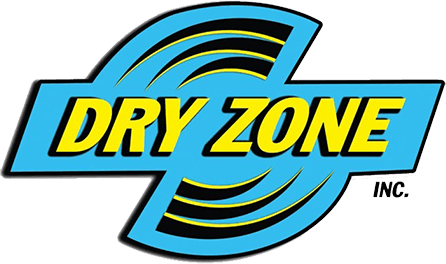Water damage restoration refers to the process of restoring a property to its pre-loss condition after sustaining any level of water damage. It is a necessary process to prevent further damage, such as the growth of mold, bacteria, and other unwanted elements. Water damage restoration can be complicated and should be handled by a professional water damage company.
The basic steps of water damage restoration typically include the following:
1. Assessment
In water damage restoration, the very first step is to assess the extent of the damage. This involves identifying the source of the water and examining the affected area. This can include inspecting ceilings, walls, and floors for signs of water damage, such as discoloration, warping, and cracking. Other areas to check include furniture, carpets, upholstery, and any appliances that may have been affected by the water.
2. Removal of Water
Depending on how severe the water damage is, this may involve using pumps or vacuums to remove standing water from the affected area. In other cases, it may be necessary to remove carpet or other floorings to access the water and ensure that it is completely removed. It is crucial to act quickly to prevent any further damage to the area and reduce the risk of mold and mildew growth.
3. Cleaning, Drying and Sanitizing
Once the standing water has been removed, the area must be thoroughly dried. This can be done using dehumidifiers, fans, and other specialized equipment.
Once the area has been completely dried, it is time to begin sanitizing. This can be done through different methods, such as antimicrobial sprays and wipes, ozone generators, and UV light disinfection. These methods can help to ensure that all contaminants and bacteria are eliminated from the affected area.
Finally, the area must be thoroughly cleaned. Professionals typically use specialized cleaning agents and tools, such as vacuum cleaners, pressure washers, and industrial-grade cleaners. These cleaning agents and tools can help ensure that all dirt and debris are removed from the affected area, leaving it looking new once again.
4. Repairs and Replacement
Repairs involve fixing or restoring damaged materials, such as drywall, carpet, and furniture. The degree of repairs will depend on the extent of the damage and the type of materials affected. For example, drywall can usually be repaired with a patch and spackle, while carpet may need to be replaced if the damage is severe.
If the damage is extensive, it may be necessary to replace certain materials. Replacement is more costly, but it may be necessary if the damage cannot be repaired. Examples of things that may need to be replaced include wood flooring, carpet, drywall, and furniture.
When it comes to repairs and replacement, it is best to leave it to the pros. A reputable water damage restoration company will be able to assess the damage and offer the best solution for restoring your home. They will also be able to ensure that any repairs or replacements are done correctly and in accordance with local building codes.
Conclusion
Water damage restoration is a complex process that requires specialized knowledge and skills. The basic steps of water damage restoration involve assessing the damage, removing water, cleaning, drying, and dehumidifying the area, sanitizing and disinfecting, and finally restoring and repairing the damaged area. A professional water damage company must complete these steps because the entire process of water damage restoration is quite risky.
DryZone is a trusted water damage company in Fort Myers that can help you restore your home that has been damaged by water due to a flood or other reasons. Get in touch with us to get a quote!


